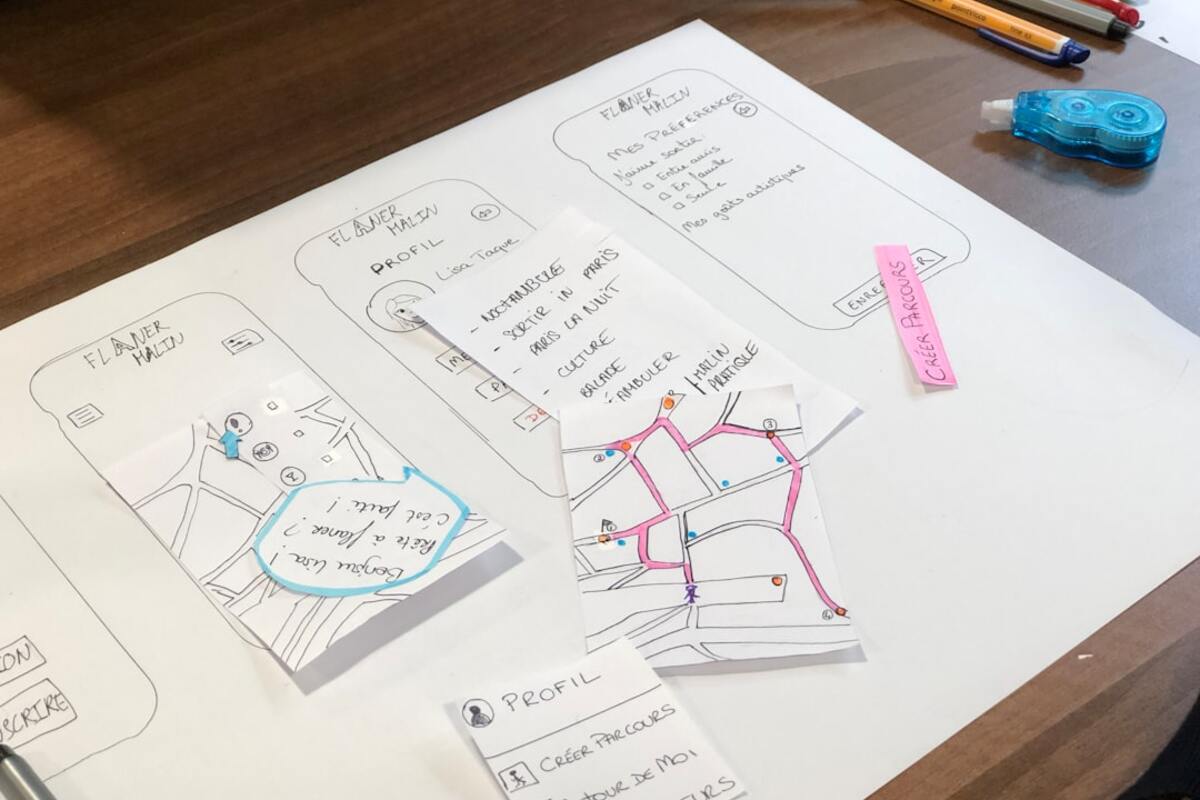The Power of Mind Mapping: Unlocking Clarity Through Visual Thinking
Discover how mind mapping enhances cognitive processing by visually organizing thoughts, improving memory retention, and boosting creativity for clearer thinking.
AT

A vibrant mind map illustrating the concept of visual thinking and creative problem-solving. (Photo by Amélie Mourichon)
Key Takeaways
- Mind mapping transforms abstract thoughts into structured visual representations.
- It enhances memory and creativity by engaging both hemispheres of the brain.
- Practical applications range from personal goal setting to complex project management.
Understanding Mind Mapping
Mind mapping, a term popularized by Tony Buzan in the 1970s, is a powerful cognitive tool that allows individuals to organize their thoughts visually. Unlike traditional note-taking methods, which often involve linear and text-heavy approaches, mind mapping uses diagrams to connect information in a way that mirrors how the brain naturally processes data. This visual thinking strategy taps into both the left and right hemispheres of the brain, fostering enhanced creativity and clarity. Mind maps typically begin with a central concept, represented by words or images, from which branches extend to capture related ideas. This branching nature encourages divergent thinking, which is crucial for problem-solving and generating new ideas. By externalizing thoughts, mind maps help in structuring complex information, making it easier to understand and remember.Cognitive Benefits of Mind Mapping
One of the significant benefits of mind mapping is its ability to enhance memory retention. The process of creating a mind map involves outlining information in a structured format, which aids in better comprehension and recall. The use of images, colors, and hierarchical structures in mind maps can significantly improve one's ability to remember and retrieve information. This is particularly beneficial for students and professionals who need to absorb large volumes of data efficiently. Moreover, mind mapping stimulates both sides of the brain. While the left hemisphere processes logical and analytical tasks, the right handles creativity and visual processing. Mind maps bridge these functions, creating an integrated cognitive experience that enhances overall mental acuity.Practical Applications of Mind Mapping
Mind mapping is incredibly versatile, finding utility in various fields and everyday scenarios. In education, it serves as an excellent tool for note-taking, brainstorming, and exam preparation. Students can break down complex subjects into manageable chunks, aiding in deeper understanding. In the business realm, mind maps facilitate project management and strategic planning. Teams can use mind mapping software to collaboratively develop project outlines, assign tasks, and track progress. This collective visual approach not only clarifies team objectives but also boosts productivity. For personal development, mind mapping aids in goal setting and self-reflection. By visually organizing life goals and milestones, individuals can create a clear roadmap for personal growth. This visual clarity can lead to increased motivation and focus. Table: Common Mind Mapping Tools and Their Features| Tool Name | Platform | Key Features |
|---|---|---|
| XMind | Windows, Mac, Linux, iOS, Android | Beautiful themes, Gantt chart view, brainstorming mode |
| MindMeister | Web-based | Real-time collaboration, history mode, integration with Google Drive |
| iMindMap | Windows, Mac, iOS, Android | 3D view, brainstorming mode, radial maps |
